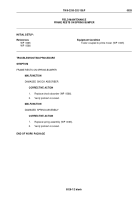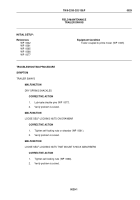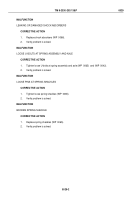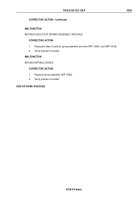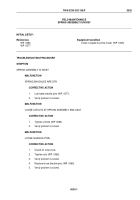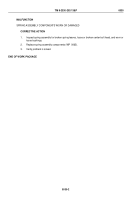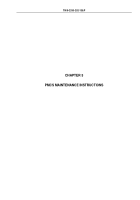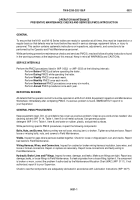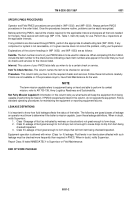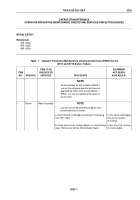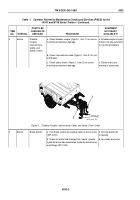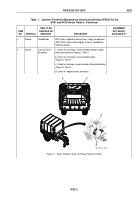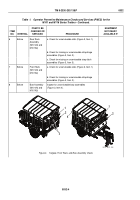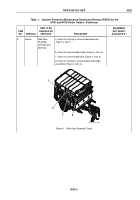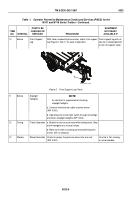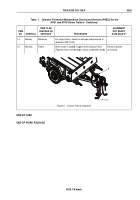TM-9-2330-202-13-P - Page 143 of 552
OPERATOR MAINTENANCE
PREVENTIVE MAINTENANCE CHECKS AND SERVICES (PMCS) INTRODUCTION
GENERAL
To ensure that the M101 and M116 Series trailers are ready for operation at all times, they must be inspected on a
regular basis so that defects may be found before they result in serious damage, equipment failure, or injury to
personnel. This section contains systematic instructions on inspections, adjustments, and corrections to be
performed by the Operator and Field Maintenance personnel.
While performing preventive maintenance checks and services (PMCS), read and follow all safety instructions found
in the warning summary at the beginning of this manual. Keep in mind all WARNINGs and CAUTIONs.
SERVICE INTERVALS
Perform the PMCS procedures listed in (WP
0032)
or (WP
0033) at the following intervals:
Perform
Before
PMCS just before operating the trailer.
Perform
During
PMCS while operating the trailer.
Perform
Weekly
PMCS once each week.
Perform
Monthly
PMCS once each month.
Perform
Semiannual
PMCS procedures once every six months.
Perform
Annual
PMCS procedures once each year.
REPORTING REPAIRS
All defects that the operator cannot fix must be reported on a DA Form 2404, Equipment Inspection and Maintenance
Worksheet, immediately after completing PMCS. If a serious problem is found, IMMEDIATELY report it to
your Supervisor.
GENERAL PMCS PROCEDURES
Keep equipment clean. Dirt, oil, and debris may cover up a serious problem. Clean as you work and as needed. Use
cleaning solvent (WP
0114, Table 1, Item 9) on all metal surfaces. Use general purpose
detergent (WP
0114, Table 1, Item 8) and water on rubber, plastic, and painted surfaces.
While performing specific PMCS procedures, inspect the following components:
Bolts, Nuts, and Screws.
Make sure they are not loose, missing, bent, or broken. Tighten any that are loose. Report
loose or missing bolts, nuts, and screws to Field Maintenance.
Welds.
Inspect for gaps where parts are welded together. Check for loose or chipped paint, rust, and cracks. Report
bad welds to Field Maintenance.
Wiring Harness, Wires, and Connectors.
Inspect for cracked or broken wiring harness insulation, bare wires, and
loose or broken connectors. Repair or replace as necessary. Report loose connections and faulty wiring to
Field Maintenance.
Hydraulic Brake Lines and Fittings.
Inspect for wear, damage, and leaks. Make sure fittings are tight. Report any
damage, leaks, or loose fittings to Field Maintenance. If a leak originates from a loose fitting, tighten it. If a component
is broken or worn, correct the problem if authorized by the Maintenance Allocation Chart (MAC) (WP
0111). If not
authorized, report it to your Supervisor.
Check to see that components are adequately lubricated in accordance with Lubrication Instructions (WP
0077).
TM 9-2330-202-13&P
0031
0031-1
Back to Top

